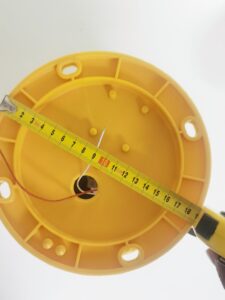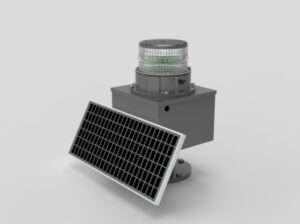Navigating the vast and often unpredictable marine waters requires precision, and one of the key components of marine navigation is the use of navigational lights. When discussing these lights, a term you might frequently encounter is “visibility.” But what exactly does this mean in the context of marine navigation?
Understanding the Visibility of Navigational Lights in Marine Environments, Let’s see what does Rules Said.

Visibility of lights
It is important to know at what distance we may (begin to) see a certain light, and when we can expect to lose sight of it, especially when making landfall. Several practical ranges are used to describe the visibility of lights in navigation:
Luminous range – maximum distance at which a given light signal can be seen by the eye of the observer at a given time, as determined by the meteorological visibility prevailing at that time.
It does not take into account the elevation of the light, observer’s height of eye, or curvature of the earth.
The table below shows that the atmosphere immensely influences the visibility of light travelling through it.

The international standards for describing reduced visibility in marine forecasts are as follows:
Very Poor: <0.5 NM
Poor: 0.5 – 2 NM
Moderate: 2 – 5 NM
Good: >5 NM
In Conclusion:
As mariners, it’s essential to understand these nuances of light visibility. Not only does this knowledge aid in navigation, but it also underscores the importance of considering various environmental factors when plotting a course. As technology advances and our understanding deepens, the guidelines set by authorities like IALA become even more crucial in ensuring safe and effective marine navigation.





